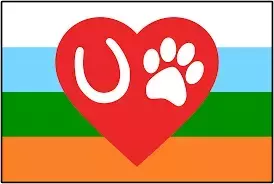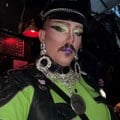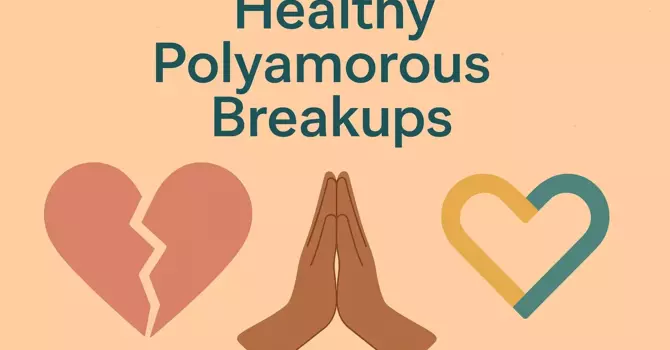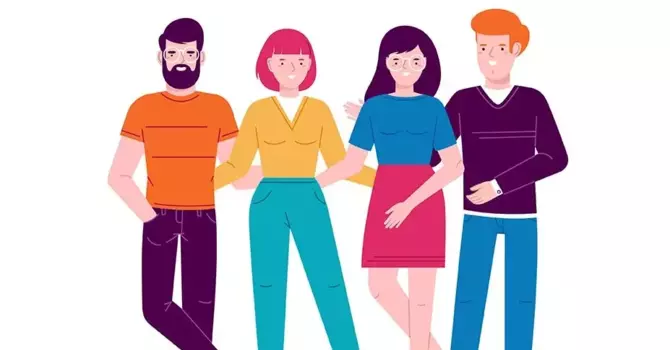
There is a unique kind of magic in dropping down to all fours, donning a hood, and escaping human expectation for a time. For a lot of us in the kink and fetish communities, pet/pup play is more than just a role or a game—something that is a powerful, affirming healing and mental health strategy.
As Mx Pup Aspen, a Neurodivergent Bootblack Pup, I’ve found that pup play offers something no therapy room ever quite could: freedom. Freedom from the noise of executive dysfunction. Freedom from gender expectations. Freedom from past trauma. And maybe most importantly—freedom to just be.
What Is Pet/Pup Play?
Pet play, and specifically pup play, is a form of role play within the kink community in which participants take on the actions and cognitive processes of animals—often dogs. Some wear such attire as hoods, mitts, or tails; others are more about the energetic or psychological than physical accoutrements. With pups like me, it's not about performing something out—it's about unshackling my authentic self.
A Neurodivergent View of Pup Space
Since I have ADHD and Autism, the world is too loud, too fast, too much. But in pup space, I don't need to mask. I don't need to speak if I don't wish to. I don't need to decode social rules. I get to act on instinct, playfully respond, and ask for affection and care in a way that feels safe. Pup play gives me access to my sensory needs, self-soothing tools, and a vocabulary of non-verbal cues expressing trust and affection.
For the majority of neurodivergent people, routine and ritual help to ground us—and pup/handler relationships do that naturally include those. From training rituals, to feeding routines, to structured playtime, these structures can be a source of emotional security and sense-making in an otherwise overstimulating world.
Healing Through Connection
At its heart, pup play is about connection. With a Handler, with another pup, or with a community pack, there's intense intimacy in the trust that gets built. For trauma survivors like me, those connections can be deeply reparative. You're seen, held, and celebrated not in spite of your vulnerability, but because of it.
It's in that trust that emotional regulation is possible. As a pup, I've cried, snuggled, barked, and blissed out in front of chosen family. And from those experiences, I've healed parts of my inner child who were once reminded they were "too much" or "too different." In pup play, I am enough enough.
Emotional Regulation and Mindfulness
It is a place that is described by numerous pups as meditative—"pup headspace," they say—and it is. You are present, in the desires of things such as play, touch, sleep. It is a mindfulness of a sort: body leads, mind decelerates. It interrupts cycles of anxiety, quiets excessive stimulation, and grounds runaway feelings. It's kink, for sure—but it's nervous system regulation as well.
Reclaiming Identity and Power
As a queer, nonbinary person, pup play has allowed me space to play with gender outside of strict expectations. I can be silly and soft, dominant and servile, and it does not need to "make sense" in human terms. It's freedom. It's joy. It's resistance.
And as a Bootblack and titleholder within the rubber and leather communities, I hold these truths close. I wear my hood not to hide—but to reveal the parts of me that ever were worthy.
Closing Thoughts
Pet and pup play isn't kink—it's about care. It's about taking back control of how we feel, feel free to express, and heal. For many of us, it's a lifeline. It's community. It's identity.
So to all dogs everywhere: your wag matters. Your bark is heard. And your play is powerful.
If this resonates with you, know you're not alone. Whether you're curious, closeted, or collared—you belong. And I'm honored to walk this path with you.





